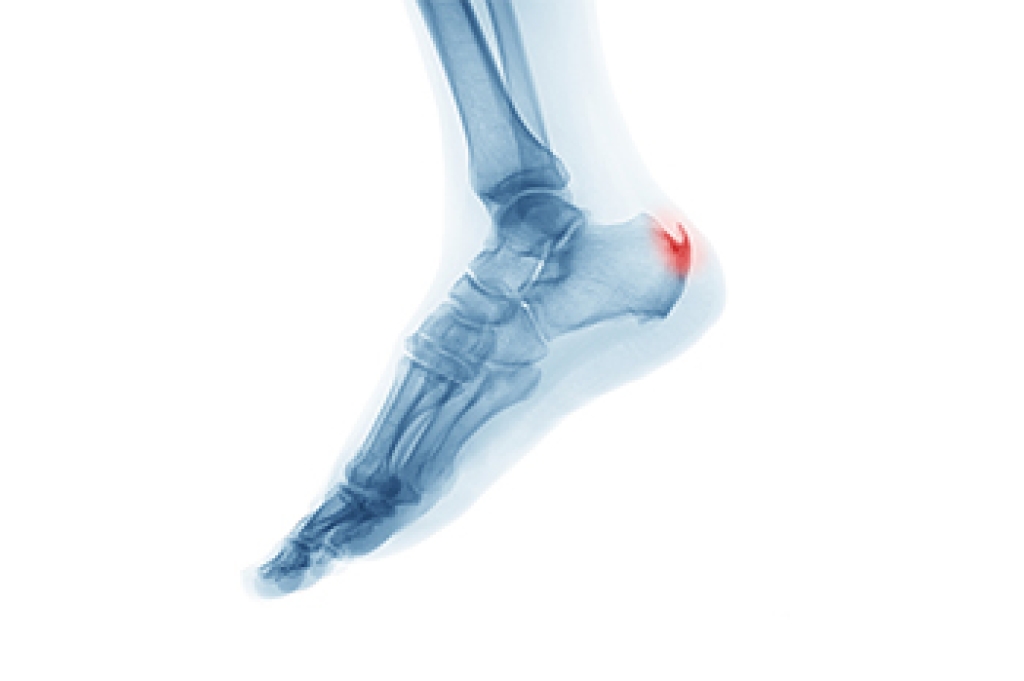
Swollen feet in pregnancy are very common and often occur when the body holds extra fluid and pressure increases on the veins in the legs. Hormonal changes, warm weather, and standing for long periods of time can make swelling worse and may lead to discomfort or a heavy feeling in the feet and ankles. Preventing swelling can include drinking plenty of water, staying active with gentle movement, and avoiding long periods of standing or sitting in one position. Wearing supportive shoes can also make a difference. A podiatrist can assess your feet, recommend safe ways to manage swelling, and provide guidance on footwear and orthotics that improve comfort. If swelling from pregnancy is affecting your daily routine, it is suggested that you schedule an appointment with a podiatrist who can offer effective relief tips.
Pregnant women with swollen feet can be treated with a variety of different methods that are readily available. For more information about other cures for swollen feet during pregnancy, consult with Brandon M. Zuklie, DPM from New Jersey. Our doctor will attend to all of your foot and ankle needs.
What Foot Problems Can Arise During Pregnancy?
One problem that can occur is overpronation, which occurs when the arch of the foot flattens and tends to roll inward. This can cause pain and discomfort in your heels while you’re walking or even just standing up, trying to support your baby.
Another problem is edema, or swelling in the extremities. This often affects the feet during pregnancy but tends to occur in the later stages.
How Can I Keep My Feet Healthy During Pregnancy?
- Wearing orthotics can provide extra support for the feet and help distribute weight evenly
- Minimize the amount of time spent walking barefoot
- Wear shoes with good arch support
- Wear shoes that allow for good circulation to the feet
- Elevate feet if you experience swelling
- Massage your feet
- Get regular, light exercise, such as walking, to promote blood circulation to the feet
If you have any questions, please feel free to contact our offices located in Piscataway, Jamesburg, and Branchburg, NJ . We offer the newest diagnostic and treatment technologies for all your foot care needs.




